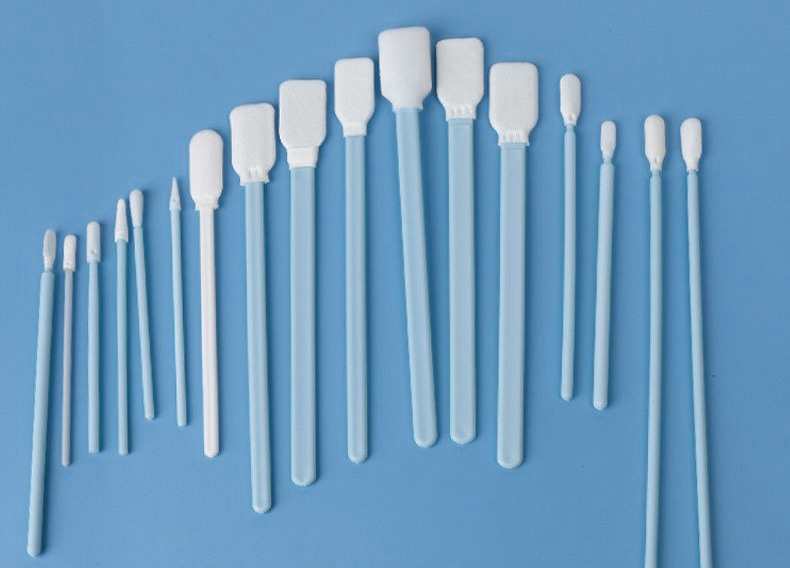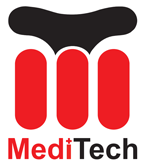クリーンルームのスワブは、制御された環境で表面を清掃するための不可欠なツールです, クリーンルームなど. クリーンルーム綿棒は通常の綿棒とは異なり、クリーンルーム内で洗浄し、精製処理を行った後に袋詰めされています。. 糸くずやその他の残留物の可能性を減らすために特別に配合されています。, 他の特殊な機能の中でも.

クリーンルーム用綿棒を選ぶとき, 考慮すべき製品特性がいくつかあります. すべてのクリーンルームで共通の重要な焦点の 1 つは、浮遊粒子を制限することです。. 環境が損なわれないように、適切な綿棒を選択する必要があります. クリーンルーム用綿棒を選択する際に考慮すべきいくつかの要素を以下に示します。:
- 吸収量: 綿棒は、使用される洗浄剤や液体汚染物質を吸収できる必要があります。.
- 糸くず: 綿棒には、清掃する表面を汚染する可能性のある残留物や繊維が残らないようにしてください。.
- 摩耗性: 綿棒は清掃する表面を傷つけたり傷つけたりしないでください。.
- 耐薬品性: 綿棒は使用される化学物質に耐えられる必要があります。.
- 静電放電 (ESD) プロパティ: 綿棒は、敏感な機器に損傷を与える可能性のある静電気を発生させてはなりません.
クリーンルーム用綿棒のハンドルはさまざまな素材で作ることができます, 木材を含む, ポリプロピレン, そして紙. それぞれの素材には独自の利点と用途があります. 紙が硬い, 掃除, つま先からつま先まで「グリーン」な構造を実現します。. でも, 微粒子が含まれています, したがって、通常はクリーンルームには推奨されません.
クリーンルーム用綿棒の先端にはさまざまな形状があります, 尖ったものを含む, 長方形, そしてコルク抜き, ユーザーが特定の掃除や塗布作業を行うのを支援するため. 選択するオプションは、洗浄剤または液体汚染物質の吸収の必要性によって異なります。, 許容可能な摩耗性と糸くずの可能性, その他の機能. フォームスワブは、吸収性が高く、毛羽立ちが少ないことで知られています。. 綿棒は一般的な掃除に適しています, マイクロファイバー綿棒は小さな部品や手の届きにくい場所の掃除に最適です.
クリーンルーム用綿棒メーカー 新しい綿棒の生地と素材を継続的に特定し、評価しています, 効率向上にも努めるとともに、, 品質, 生産プロセスの清潔さ. 主要な綿棒とワイプのサプライヤーは、自社で材料を製造していません, これは、繊維およびフォームのサプライヤーの開発努力に大きく依存しなければならないことを意味します。. 市場規模が比較的小さいことを考えると、, クリーンルーム用途は、これらの企業からの研究の最大の注目を集めていない. その代わり, ワイプメーカーは、制御された環境で従来の材料を付加価値のある処理を行うことで、クリーンルームの重要な要件をほぼ満たしています。, 主に, 独自の洗浄プロセス.
結論は, クリーンルーム用綿棒を使用する場合, アプリケーションの特定のニーズを満たすスワブを選択することが重要です. クリーンルーム用綿棒は、糸くずやその他の残留物の可能性を減らすために特別に配合されています。, 他の特殊な機能の中でも. クリーンルーム用綿棒を選ぶとき, スワブの先端とシャフトの材質を考慮する必要があります, 吸収力も同様に, 巻いた, 磨耗性, 耐薬品性, およびESD特性. フォームスワブは、吸収性が高く、毛羽立ちが少ないことで知られています。, 一般的な掃除には綿棒が適していますが、. クリーンルーム用綿棒メーカーは、新しい綿棒の生地や素材を継続的に特定し、評価しています。, 効率向上にも努めるとともに、, 品質, 生産プロセスの清潔さ.
 クリーンルーム用フォームスワブ, ポリエステル綿棒, プリンタークリーニングキットメーカー – MediTech
クリーンルーム用フォームスワブ, ポリエステル綿棒, プリンタークリーニングキットメーカー – MediTech